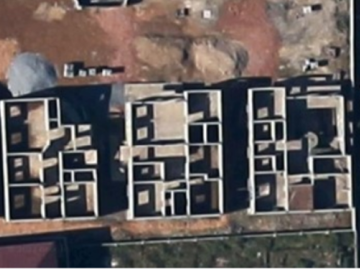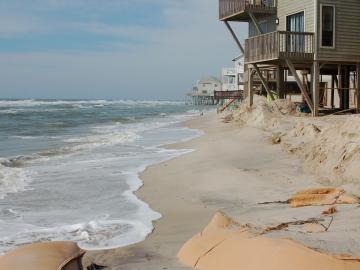
Filter News
Area of Research
News Topics
- (-) Bioenergy (16)
- (-) Biomedical (13)
- (-) Biotechnology (10)
- (-) Energy Storage (15)
- (-) Fusion (12)
- (-) Grid (16)
- (-) Isotopes (17)
- (-) National Security (34)
- (-) Physics (9)
- (-) Space Exploration (3)
- 3-D Printing/Advanced Manufacturing (30)
- Advanced Reactors (5)
- Artificial Intelligence (45)
- Big Data (28)
- Biology (22)
- Buildings (29)
- Chemical Sciences (30)
- Clean Water (6)
- Composites (11)
- Computer Science (46)
- Critical Materials (7)
- Education (2)
- Emergency (3)
- Environment (38)
- Exascale Computing (25)
- Fossil Energy (4)
- Frontier (21)
- High-Performance Computing (45)
- Hydropower (1)
- ITER (2)
- Machine Learning (23)
- Materials (24)
- Materials Science (26)
- Mathematics (7)
- Microelectronics (2)
- Microscopy (4)
- Molten Salt (1)
- Nanotechnology (2)
- Neutron Science (23)
- Nuclear Energy (15)
- Partnerships (29)
- Polymers (5)
- Quantum Computing (20)
- Quantum Science (22)
- Security (8)
- Simulation (24)
- Statistics (3)
- Summit (14)
- Transportation (15)
Media Contacts

Mohamad Zineddin, a distinguished researcher in nuclear and radiological engineering, recently received the Roger Howsley Award for Excellence in Nuclear Security.
Researchers at ORNL recently demonstrated an automated drone-inspection technology at EPB of Chattanooga that will allow utilities to more quickly and easily check remote power lines for malfunctions, catching problems before outages occur.

Researchers at ORNL are using satellite images of homes under construction to address gaps in census data, especially in areas like Sub-Saharan Africa. By analyzing these images, they estimate dwelling sizes and population densities where traditional data is sparse. This method improves population estimates and supports national security by enhancing emergency response capabilities.

To speed the arrival of the next-generation solid-state batteries that will power electric vehicles and other technologies, scientists led by ORNL advanced the development of flexible, durable sheets of electrolytes. They used a polymer to create a strong yet springy thin film that binds electrolytic particles and at least doubles energy storage.

Jeremiah Sewell leads a team at ORNL, working on xenon-129 production for lung imaging. Reflecting on his career, Sewell views each opportunity as a "door" he steps through, leveraging over 25 years of experience in nuclear power and centrifuge operations to advance the facility’s mission.

John joined the MPEX project in 2019 and has served as project manager for several organizations within ORNL.

The award was given in “recognition of his lifelong leadership in fusion technology for plasma fueling systems in magnetically confined fusion systems.”

A study found that beaches with manmade fortifications recover more slowly from hurricanes than natural beaches, losing more sand and vegetation. The researchers used satellite images and light detection and ranging data, or LIDAR, to measure elevation changes and vegetation coverage. Changes in elevation showed how much sand was depleted during the storm and how much sand returned throughout the following year.

At ORNL, a group of scientists used neutron scattering techniques to investigate a relatively new functional material called a Weyl semimetal. These Weyl fermions move very quickly in a material and can carry electrical charge at room temperature. Scientists think that Weyl semimetals, if used in future electronics, could allow electricity to flow more efficiently and enable more energy-efficient computers and other electronic devices.

Benjamin Manard, an analytical chemist in the Chemical Sciences Division of the Department of Energy’s Oak Ridge National Laboratory, will receive the 2024 Lester W. Strock Award from the Society of Applied Spectroscopy.


